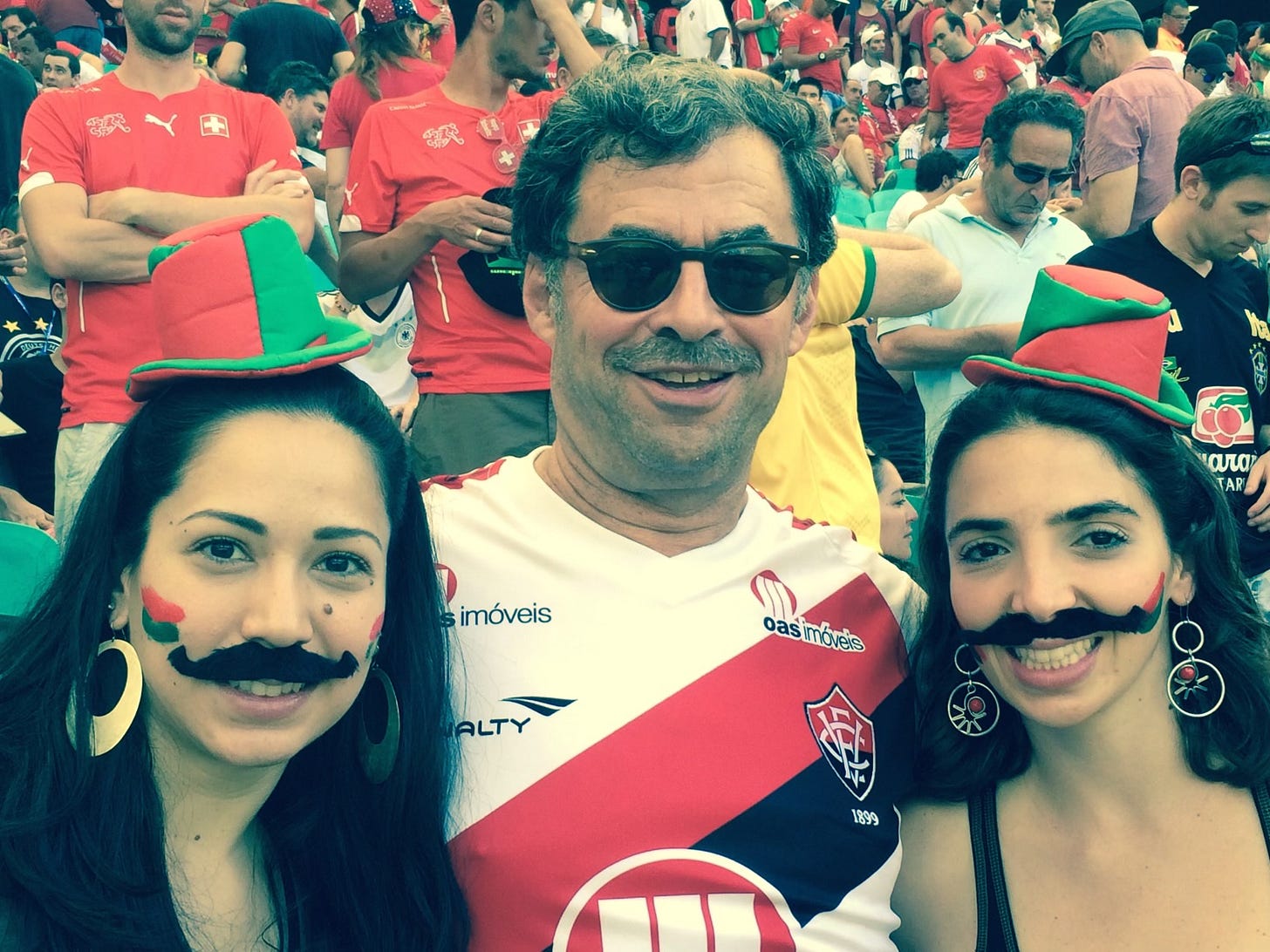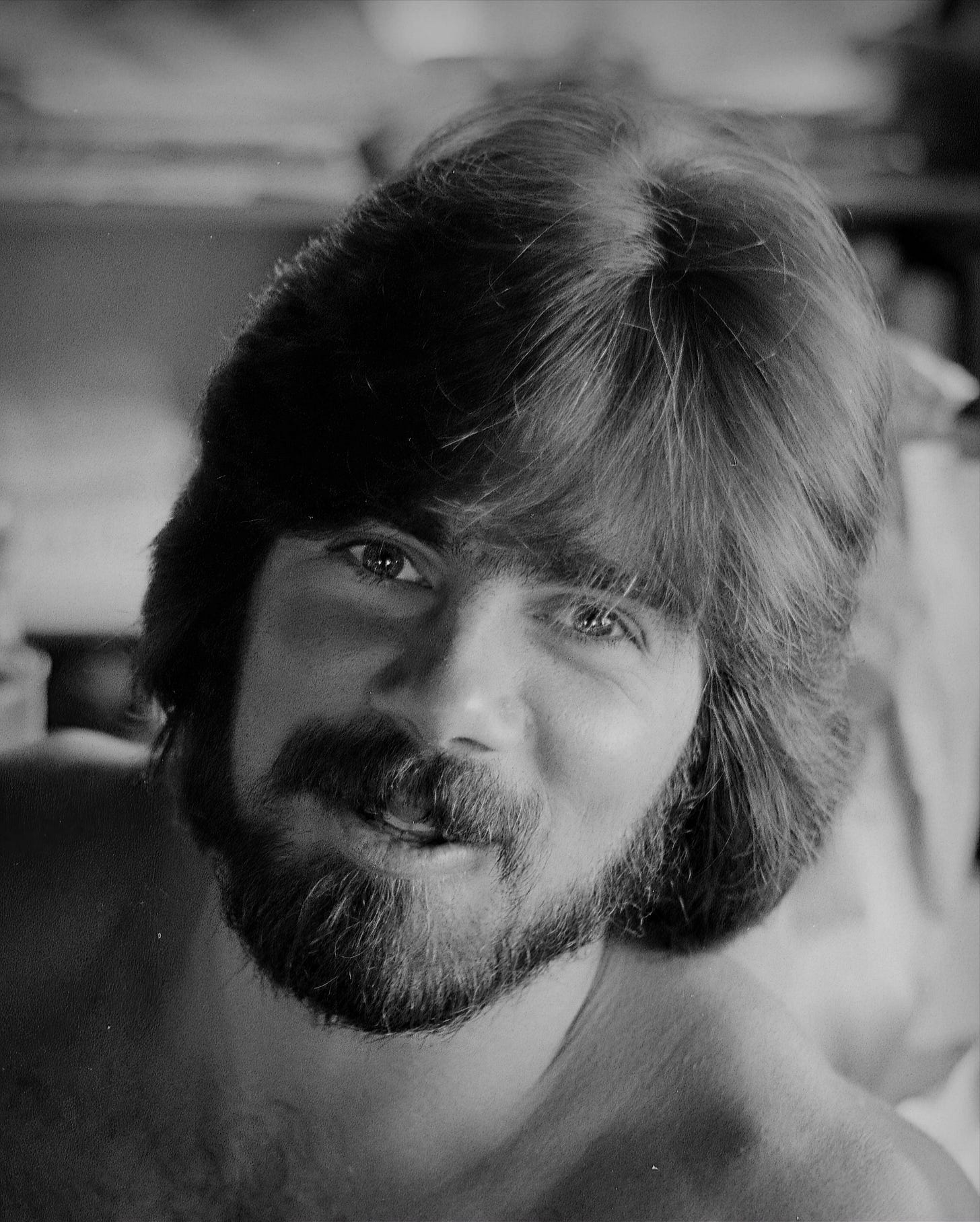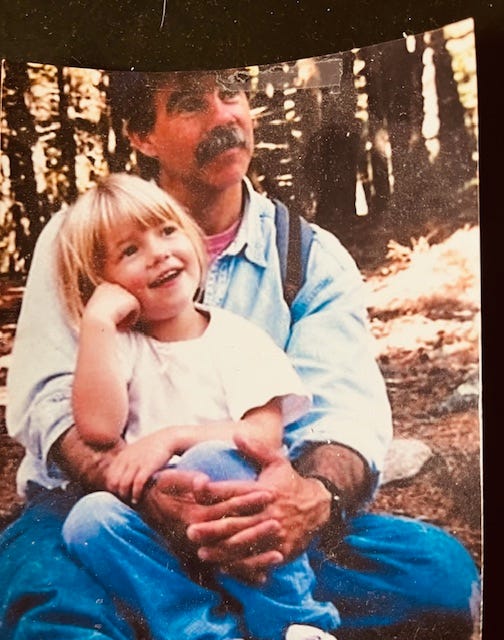Lip Service: Does a Mustache Make a Man?
Trending is an eight-letter word I never hope to be associated with. Not on X, not on TikTok, not anywhere, unless the topic is fastest-growing Substacks or some such thing. Yes, you can trend for positive reasons, the way that the Minnesota Timberwolves or Alec Bohm or 70-year-old Jerry Seinfeld are, but more typically it’s for something scandalous or reprehensible, the way Kristi “The Puppy Killer” Noem is.
I have never been one to follow trends, or really even to keep track of them. When The Times publishes its special fashion and style magazines, those are the first sections to be recycled. I don’t care if mauve is in, and the idea that herringbone is heating up in 2024 (Vogue told me) isn’t going to change my life. I am still trying to figure out why people are walking around with ripped jeans.
So I have to admit it’s a bit alarming to me that I am, apparently, au courant, because mustaches are becoming more popular than they’ve been in decades. According to a study by Gillette, an estimated 12.5 million men in America have mustaches or just under 10 percent of the male population. Mustaches are growing faster than any other facial-hair iteration . . . full beard, goatee, stubble. Now you, quite reasonably, want to know:
Why?
And I will answer:
I have no idea.
In a story on Glossy.com, Taylor Hooker, a marketing manager for Edgewell, the parent company of Jack Black, a men’s grooming outfit, said it “started to gain momentum over the pandemic, and now we’re just in a full-force mustache era.”
Matty Conrad, whose bio says he is an award-winning barber, has a robust following on his YouTube channel that delves into the fine art of facial-hair grooming. He has a full beard and a wry sense of humor, and believes that mustaches “started to gain a lot more momentum . . especially since the film Top Gun: Maverick came out.” The Top Gun, now and forever, will be the clean-shaven Tom Cruise, but a supporting actor in that film, Miles Teller, who played Bradley “Rooster” Bradshaw, sports a mustache that became a viral sensation on TikTok and elsewhere. Teller has since revealed that one significant person, Keleigh Sperry, the actress and his wife of five years, was not among the admirers of his mustache, but once viral starts, viral usually doesn’t stop.
“I think the mustache today is where beards were in 2010,” Conrad told Glossy.com. “But if it ends up having that staying power, then the people who turned to it for the wow factor will begin to look elsewhere.”
Miles Teller joins a long line of mustachioed men, dating back to antiquity. According to Barber Industries, the earliest instance of a mustache traces back to an Egyptian prince named Rahotep, in about 2500 BC. You can see it at the Egyptian Museum in Cairo, where his statue shows him with his wife, Nofret. No word yet on what Nofret thought of Rahotep’s growth, but we will keep looking.
Many more mustaches – very famous ones – have followed.. I hesitate to start naming them, because I will probably leave out your favorite, but let’s do a short list anyway. Charlie Chaplin. Clark Gable. Groucho Marx. Albert Einstein. Teddy Roosevelt. Mark Twain. Salvadore Dali. Eddie Murphy. Tom Selleck. Half of the Oakland A’s in the early 1970s. Billy Dee Williams. Burt Reynolds. Walter Cronkite. Ted Lasso. (This is a Fuhrer-free list, so don’t think about bringing him into the conversation.)
A personal favorite mustache of mine belongs to Dave Hirshey, a gifted writer and editor whose mustache, like his career in publishing, spans a half century. A former midfielder for Dickinson College, Dave was deeply knowledgeable about soccer long before it was fashionable in the U.S., and even broke the story about Pele coming to play for the New York Cosmos. He was a rising star at the New York Daily News until the legendary Dick “My America” Young became sports editor of the paper. Young was a reporter and columnist for the ages, but became increasingly irascible in his later years, bitter that TV was pushing newspaper guys aside, and deeply resistant to the idea that players should have any say at all in their careers. It was Young who basically drove the greatest New York Met ever, Tom Seaver, out of town, essentially because Seaver wanted the Mets to pay him what he was worth. Hirshey was thriving at the Daily News until Young told him one day that his mustache “makes you look like a raving Marxist.”
Hirshey and his stache left Sports to take over as editor of the Daily News Sunday Magazine a year later, before moving on to become executive editor of HarperCollins and working with some of the greatest writers on earth. Hirshey’s passion for soccer never left, and neither did his mustache, even though his daughter has waged a decades-long campaign to get him to shave it. He wavered briefly after someone in a passing car in Manhattan mistook him for Geraldo Rivera and hollered, “You’re a sensationalist moron.” But he held firm, thanks largely to Tom Selleck, whom Hirshey met at a CBS Christmas party. Hirshey told Selleck he was his North star when it came to the upper lip; Selleck said, “Thanks, but you need to groom yours because it looks scraggly.”
Hirshey took the advice to heart, and now gets his mustache groomed every two weeks, at a hair-cutting salon in Santa Monica, where he moved to be able to train his grandson in soccer and not listen to his daughter’s clean upper-lip campaign.
“I am a lifer,” he said.
David Hirshey with two admirers at the 2014 World Cup
I have not had my mustache as long as Dave Hirshey, because he is much older than I am. B.ut I have shared a similar journey. My brother, Frank, who is also much older than I am, has been hounding me for years to get rid of my mustache. He isn’t all that subtle about it. “It looks like a ferret,” he says. “It makes you look much older than you are.” I recently asked him to revisit the subject and he explained that he likes my “sweet face,” and that his instant dislike for my mustache has “since grown into something like an irrational contempt.”
In college and then in my 20s, the mustache expanded into a full beard. My future mother-in-law, Cecilia Willi, was always very nice to me, but would privately tell her daughter, “Why do you have to go out with somehow who has so much hair?” She is not wrong; With long dark locks at the time, and the beard and mustache, you could see cheeks and a nose, and not much more. I was often accused of being Michael McDonald. You tell me:
Michael
Wayne
One day on a whim, in 1996, when our daughter Alexandra was 3, I decided the beard needed to go. After I stopped the bleeding and came out of the bathroom with only a mustache and picked Alexandra up, she looked petrified, as if to say, “Who is this stranger?” My wife had a similar response, never having seen me beardless. I should’ve warned her
Alexandra Coffey, age 4, with her dad on Monhegan Island, Maine. .
Fast forward a few decades. Michael McDonald and I don’t look quite the way we did in the 80s, or 90s, or 2000s. My mustache, more salt than pepper now, remains. I never planned on a lifetime commitment to it, but my brother’s entreaties notwithstanding, I can’t see it coming off. Even if I wanted to shave it, our three adult children, who have never seen me without facial hair, may exercise their veto power.
“No! You can’t!” Samantha Coffey says.
“Your mustache is who you are,” Alexandra Coffey says.
“It would take some getting used to,” Sean Coffey says.
I guess I will just have to live with the idea that I am, indeed, trendy.








I could really relate to this post. When I shaved my beard in the late 1980s my younger daughter started crying when she saw me. I sported the remaining mustache until the early 1990s but gave up facial hair after that with only brief beard-ish stints since then.
I salute Sean's reasoned response.